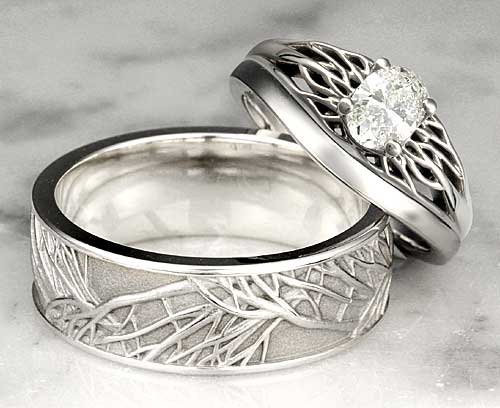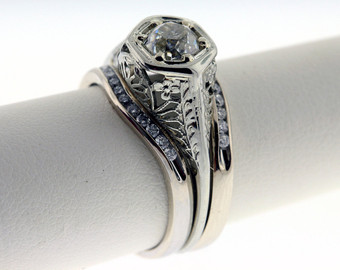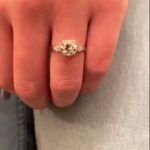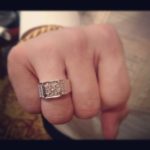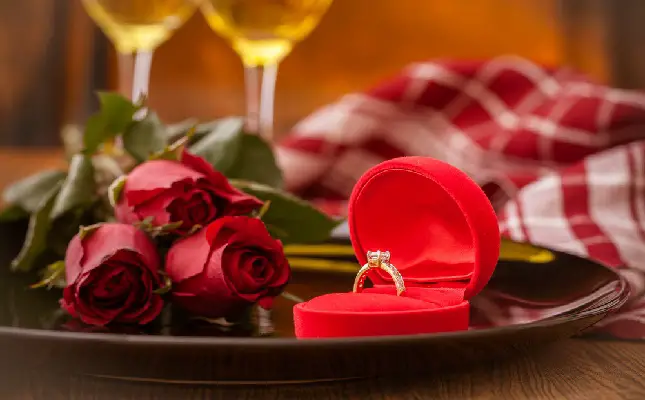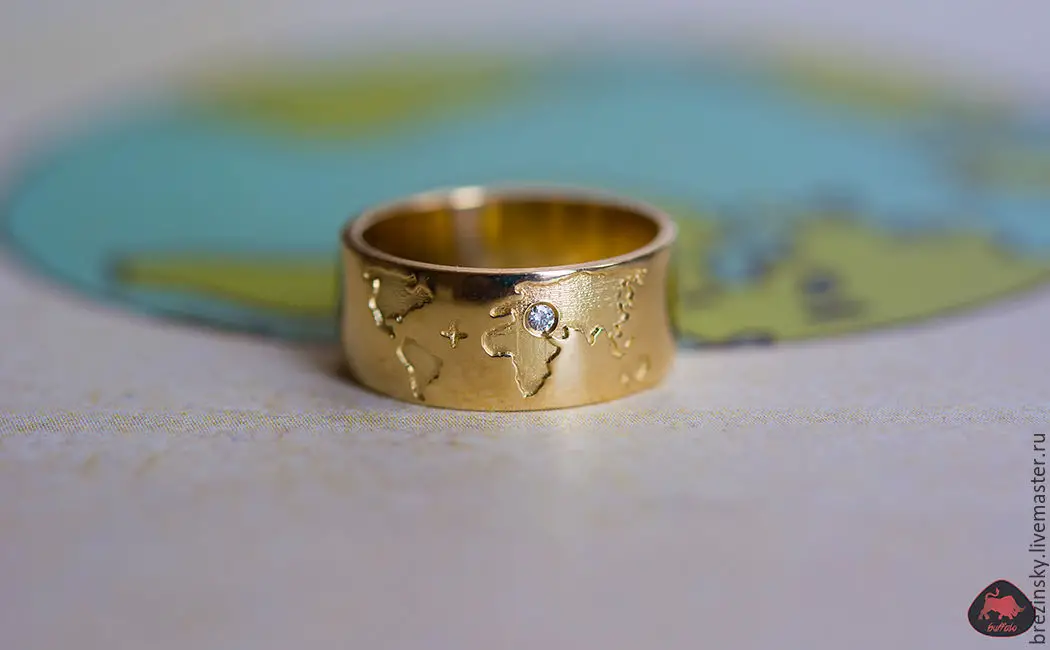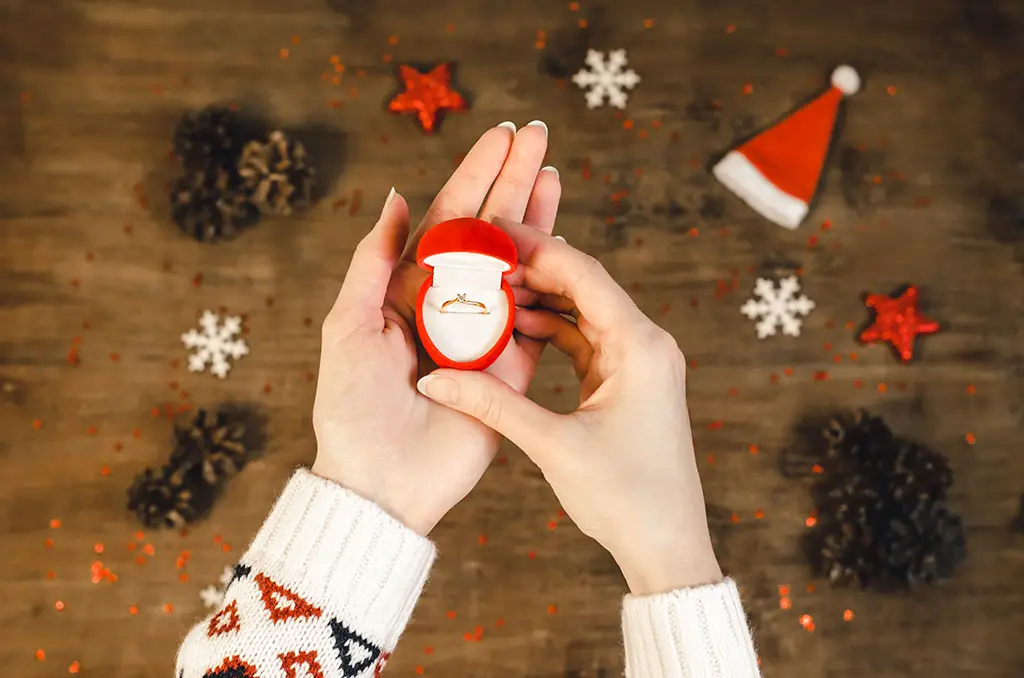Just when you think your work is done and the arduous task of finding an engagement ring is over forever, something else comes along; wedding bands! Finding a suitable wedding band is both an easier and more difficult task than the former. On the one hand, wedding bands by nature are more sedate so there’s less choices to make. On the other hand, you’ll want to find a pair of bands that not only complements your engagement ring, but also complements your partner’s style too. If that sounds like an impossible mission, don’t worry. Just follow these four simple steps…
Step 1: Metal
The most important decision you’ll need to make is which metal you’d like for your wedding band. For a uniform look, choose the same metal as your engagement ring. This is also the safest option considering that different metals can sometimes cause damage when they rub against one another. Different carats of gold is the main concern with this, but extremely tough metals like titanium can also scratch softer metals like gold and silver. We’re talking minor damage over several years however, so if you like the contrast of mixed metals, then go for it! Just inspect regularly and prepare to have one or both bands re-plated once every few years.
Step 2: Stones
Once you’ve decided on your metal, the rest of the decisions are easy (trust us). First, decide if you want to add stones to your wedding band or leave it plain. Most brides who choose to add stones opt for several round or princess cut gems in a pave or channel setting. In fact, the options beyond this are pretty limited unless you want your band to have as much impact as your engagement ring (call us crazy, but that sounds like a pretty bad idea). Pave adds a drop of extra bling and sparkle – if you prefer to keep things subtle, maybe a simple metal band is more your style. From there, it’s just a case of choosing what stones you want: diamonds or coloured stones?
Step 3: Finish
If you choose not to add any stones to your wedding band, consider what finish you’d like the metal to have instead. Again, look to your engagement ring for inspiration. If it’s just plain polished metal, you can match them for a uniform look. However, consider adding some contrast with a different finish like matte, hammering or engraving. Also think about different finishes for your partner’s ring; something that reflects their tastes rather than yours. Metal finishes are often the preferred choice for grooms since most of them think precious gems are too ‘girly’! Remember both bands don’t have to be the same, but it’s nice to have one matching feature. For example, you could both have white gold bands with different finishes, or you could have different metals with the same engraved message, etc.
Step 4: Shape
Finally, you need to consider the shape of your wedding band. Again as far as the bride is concerned, you’ll need to consider the shape of your engagement ring’s band. This is to ensure that the two sit flush together and look like a natural pair when they’re on your ring finger. It also ensures that they’re both comfortable for you to wear when next to each other, which is something plenty of brides forget about until it’s too late. For these reasons, many couples buy their wedding bands at the same time and from the same jeweller as the engagement ring.
Most contemporary rings are what jewellers call a ‘court’ shape. This means that both the exterior and interior sides are slightly rounded for the most comfortable fit. Court shapes differ in thickness, but the basic rounded template is always the same. There are other shapes however – a D-shape has a flat interior and rounded exterior for example – so always check and try to find the closest match you can.
If you have a low-set diamond, wearing your wedding band may make it impossible for the two to sit flush together – either the wedding band or the engagement ring will sit at an angle. If that’s the case you’ll have to explore other options; a thinner band or a curved band that provides a space for the engagement ring are the two most common options (you could also just wear each ring on a different finger if you’re not too much of a traditionalist!).

